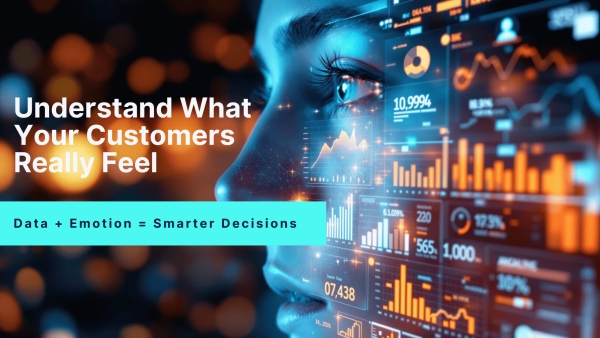Customer Lifecycle Management: Stages, Strategies & Automation Insights
by
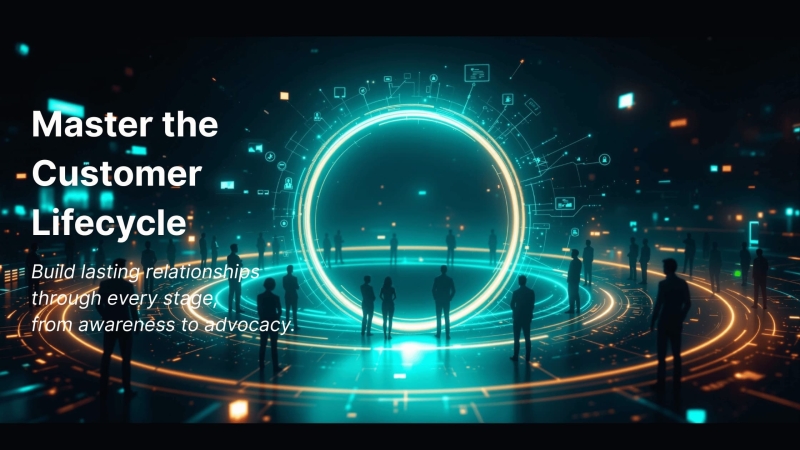
At its core, CLM helps you understand how customers move through five key stages: awareness, consideration, purchase, retention, and advocacy. But simply knowing those stages isn’t enough. You need a system to connect them seamlessly.
That’s where automation, analytics, and a customer relationship management (CRM) system, like Pulse, come into play, bringing it all together and helping businesses move from scattered communication to a cohesive, growth-focused experience.
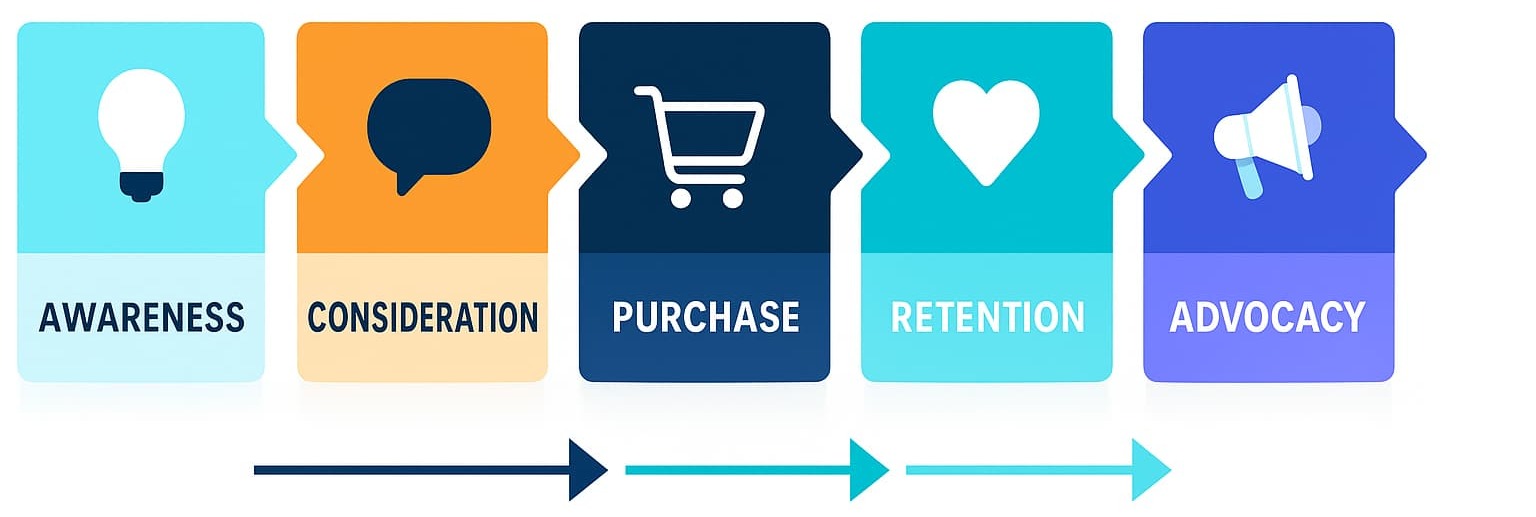
What Is Customer Lifecycle Management (and Why It Matters)
Customer lifecycle management is the process of guiding and improving how customers engage with your business from start to finish. It’s the difference between reacting to behavior and proactively shaping it.
Most businesses focus heavily on acquisition but spend far less effort keeping the customers they already have. According to Harvard Business Review, improving retention by just 5% can increase profits by as much as 95%. And Invesp reports that acquiring a new customer can cost five times more than retaining an existing one. In short, loyalty pays.
CLM helps correct that imbalance. It brings structure to every stage of the relationship, ensuring customers don’t just buy once, they stay. Using Pulse, businesses can automate key touchpoints along that journey, from initial outreach to post-sale engagement, keeping communication both consistent and personal.
Imagine an e-commerce company that continues engaging customers long after the first purchase. Instead of a one-off thank-you email, they send delivery updates, product setup tips, and helpful check-ins through automated Pulse workflows. These interactions remind customers that the brand values them beyond the transaction, building trust that turns a one-time buyer into a repeat customer.
This kind of ongoing connection drives sustainable growth. Sales may close deals, but lifecycle management creates loyalty, and loyalty compounds.
1. Awareness: Making the First Impression Count
The awareness stage begins long before a direct conversation. It’s that initial moment of discovery, a blog post, a shared link, or a quick Google search. Prospects may not know your company yet, but they’re looking for answers to specific challenges. The way you show up in that moment sets the tone for everything that follows.
Google’s Customer Journey Report shows that two out of three buyers do their own research before contacting a business. That means your content, not your sales pitch, often makes the first impression.
A fitness coaching business might use social content to educate, not advertise. By sharing posts like “Three Signs Your Routine Isn’t Working,” they earn trust through value, not persuasion. Over time, those interactions make the brand feel approachable and credible.
Using Pulse, businesses can capture that engagement seamlessly. Automated workflows tied to lead forms can deliver relevant resources right away, such as a free guide or industry checklist, nurturing early trust without adding manual work. Each interaction reinforces reliability and helps potential customers feel supported from the start.
Consistent, useful communication builds lasting credibility. Awareness isn’t about visibility alone; it’s about being genuinely helpful when people first meet your brand.
Transitioning from awareness to the next stage means moving from visibility to trust. Once your audience knows who you are, the goal becomes showing them why your brand is the right choice.
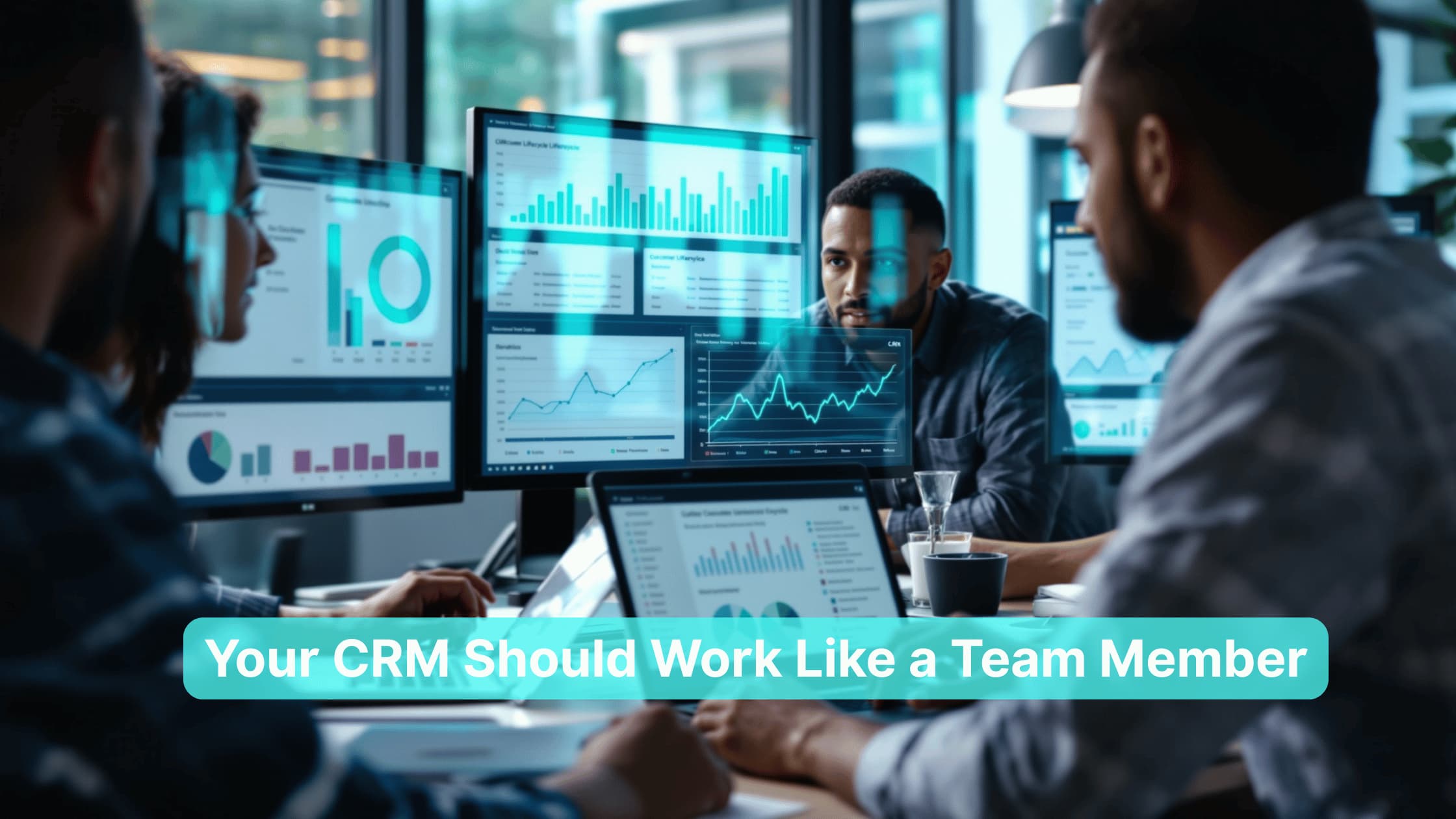
2. Consideration: Building Trust Through Relevance
Once customers are aware of your brand, they begin weighing options. This stage is about showing that you understand their world and can meet their needs, not just through features but through empathy and relevance.
A PwC study found that 73% of consumers say experience influences their buying decisions, but less than half feel brands deliver on that expectation. The gap often comes down to personalization. People want to feel understood, not targeted.
For example, a business consultant sending one-size-fits-all follow-ups might see minimal engagement. But when those messages are personalized, such as “How real estate agents can automate client follow-ups,” open rates and responses rise dramatically. Specificity signals understanding.
With Pulse, personalization becomes effortless. Businesses can tag leads by industry, behavior, or engagement level, then tailor follow-ups automatically. Someone who attended a webinar might receive a product comparison guide, while a blog subscriber could get educational content instead. This approach blends automation with empathy, helping teams nurture relationships without losing the human touch.
Strong personalization naturally leads customers closer to the decision stage. When prospects feel understood and supported, they become more open to exploring how your solution fits their goals.
3. Purchase: Turning Interest Into Action
By the time customers reach the purchase stage, they’ve gathered information and narrowed their options. What they want now is simplicity, an easy process, fast answers, and reassurance that they’re making the right choice.
According to McKinsey & Company, B2B customers are twice as likely to choose companies that offer a seamless digital experience. Friction, delayed quotes, unclear pricing, or missing communication can easily break the deal.
Picture a design agency that takes three days to send a proposal. By the time it arrives, the client’s excitement has cooled. Now imagine that same process running through Pulse, a quote automatically generated and sent within minutes, followed by a friendly check-in two days later. Momentum stays strong, and the experience feels professional and attentive.
Using Pulse’s pipeline and automation tools, sales teams can respond instantly and track every opportunity in real time. That consistency not only closes deals faster but also gives customers confidence in your process. A smooth, transparent purchase experience tells them they can trust you with bigger commitments down the line.
The purchase stage closes the gap between promise and proof. Once a customer experiences a seamless buying process, the next challenge is ensuring that positive energy continues after the sale.

4. Retention: Keeping Customers Engaged and Loyal
Retention is where true profitability lies. Statista reports that global customer retention averages around 72%, meaning nearly one in three customers doesn’t return. The reason often isn’t dissatisfaction; it’s disconnection. After the sale, many brands simply disappear.
Loyalty isn’t built on discounts or perks; it’s built on being present. Customers stay with companies that remember them, support them, and deliver consistent value.
Using Pulse, businesses can maintain that presence automatically. A consulting firm, for instance, can set up post-project check-ins at 30, 60, and 90 days. Automated emails can ask how clients are progressing, invite feedback, or share useful updates. Every touchpoint strengthens the relationship.
Retention workflows also create insight. Pulse’s reporting tools highlight which customers are most engaged, and which may be drifting. With that visibility, teams can take proactive steps before churn happens, whether through outreach or loyalty incentives.
When customers feel recognized and supported, they stick around not because they have to, but because they want to. Retention isn’t maintenance; it’s relationship building in motion.
Retention sets the stage for advocacy. Once customers feel genuinely valued, they naturally become ambassadors for your brand.
5. Advocacy: Turning Customers Into Champions
When customers become advocates, growth becomes effortless. Nielsen found that 88% of people trust recommendations from friends and family more than any other form of marketing. Advocacy occurs when customers feel so valued that they naturally spread the word.
Brands that consistently deliver exceptional experiences create emotional investment, and that’s what drives referrals. Imagine a creative agency that thanks clients personally after each project, sharing a short video recap of the work. When clients post it on social media, they’re not just showing off the final product; they’re endorsing the relationship.
Pulse helps make this cycle of appreciation scalable. Businesses can set up automated referral programs that thank customers for every introduction or testimonial. Those small gestures of gratitude strengthen community and keep positive word-of-mouth flowing.
Once advocacy begins, it completes the cycle and feeds back into awareness. Happy customers generate visibility, drawing new leads who start their own journey with your brand.
Let Us Help You Get Started!
Pulse CRM delivers more than software. We’re your partner in success.
We fully set up your CRM, including importing your data, configuring sales and marketing automations, designing branded email templates, writing engaging email copy, setting up sales pipelines, and much more.
Measuring Customer Lifecycle Success
To improve the customer journey, you have to measure it. Gartner reports that companies using customer analytics outperform competitors by 20% in profitability. Tracking key metrics reveals not just how customers behave, but how they feel, and that insight is what turns data into loyalty.
Most businesses track sales performance or lead generation but overlook engagement and satisfaction across the lifecycle. Measuring those moments helps identify where customers are thriving and where they’re silently slipping away. Without those insights, even the best marketing campaigns or service experiences can miss the mark.
| Metric | What It Measures | How Pulse Helps |
|---|---|---|
|
Customer Retention Rate |
Percentage of customers who stay over time |
Automates follow-ups and tracks engagement through dashboards |
|
Net Promoter Score (NPS) |
Measures satisfaction and likelihood to recommend |
Sends automated surveys and compiles real-time feedback |
|
Customer Lifetime Value (CLV) |
Revenue generated per customer over their journey |
Uses reports to forecast growth and segment high-value customers |
|
Churn Rate |
Percentage of customers lost within a period |
Flags early churn risks and triggers retention workflows automatically |
Take, for example, a small marketing agency that was struggling to understand why clients weren’t renewing retainers. They used Pulse to analyze when engagement began to drop, and discovered it wasn’t at the end of contracts, but around the 60-day mark when projects went quiet.
By automating mid-project updates and scheduling personal check-ins through Pulse, they reduced churn by 18% in one quarter. The change wasn’t just operational; it was emotional. Clients felt seen again.
This kind of visibility changes the way teams think. Instead of reacting when customers leave, businesses can proactively nurture them when it matters most. Metrics like retention rate and CLV aren’t just numbers; they’re indicators of trust, consistency, and value delivery.
For companies starting to measure lifecycle health, focus on one key metric per quarter. Begin with retention rate, it’s the clearest signal of customer happiness. Then expand to CLV or NPS once your data is stable. Using Pulse’s reporting dashboard, you can visualize these patterns over time and connect them directly to actions, like campaign improvements or workflow adjustments.
When your business starts treating data as dialogue, every customer insight becomes an opportunity to strengthen relationships. It’s not about chasing perfection; it’s about continuous improvement grounded in awareness. That’s the kind of precision and care that keeps customers coming back.
To learn more about connecting insights to growth, explore our CRM reporting and analytics features, built to help teams see the full story behind every customer relationship.
When data and empathy work together, every insight becomes an opportunity to improve the customer experience, and every improvement deepens trust.
Transitioning from measurement to management is where strategy meets structure. Once businesses understand their lifecycle data, the next step is using tools like Pulse to organize, automate, and refine those insights.
Let Us Help You Get Started!
Pulse CRM delivers more than software. We’re your partner in success.
We fully set up your CRM, including importing your data, configuring sales and marketing automations, designing branded email templates, writing engaging email copy, setting up sales pipelines, and much more.
Tracking Lifecycle Stages in Pulse
One of the most effective ways to manage customer journeys is by creating a dedicated Lifecycle Stage dropdown field within Pulse. This simple yet powerful feature allows teams to categorize every contact based on where they are in the funnel, from Awareness and Consideration to Purchase, Retention, or Advocacy.
Having this field in place makes reporting more meaningful. Businesses can quickly filter contacts to see how many leads are in each stage, identify bottlenecks in their process, and measure how well prospects progress through their journey. For instance, if 40% of leads stay stuck in the Consideration stage, that’s a clear signal to refine nurturing sequences or review messaging.
Pulse takes this a step further by letting teams automate workflows tied to the Lifecycle Stage field. When a prospect moves from Awareness to Purchase, the system can trigger actions like sending onboarding materials, assigning the customer to a sales pipeline, or alerting the success team for follow-up. These transitions happen automatically, keeping teams aligned and customers supported.
Using this field also makes long-term reporting easier. Managers can visualize how leads flow through each stage over time, compare conversion rates between quarters, and forecast revenue based on movement trends. It’s a straightforward way to transform customer data into strategic insight, one that connects marketing, sales, and service in a single, measurable framework.
Smoothly tracking each stage also prepares teams for a more connected workflow across departments. When data and communication flow seamlessly, the customer experience strengthens end-to-end.
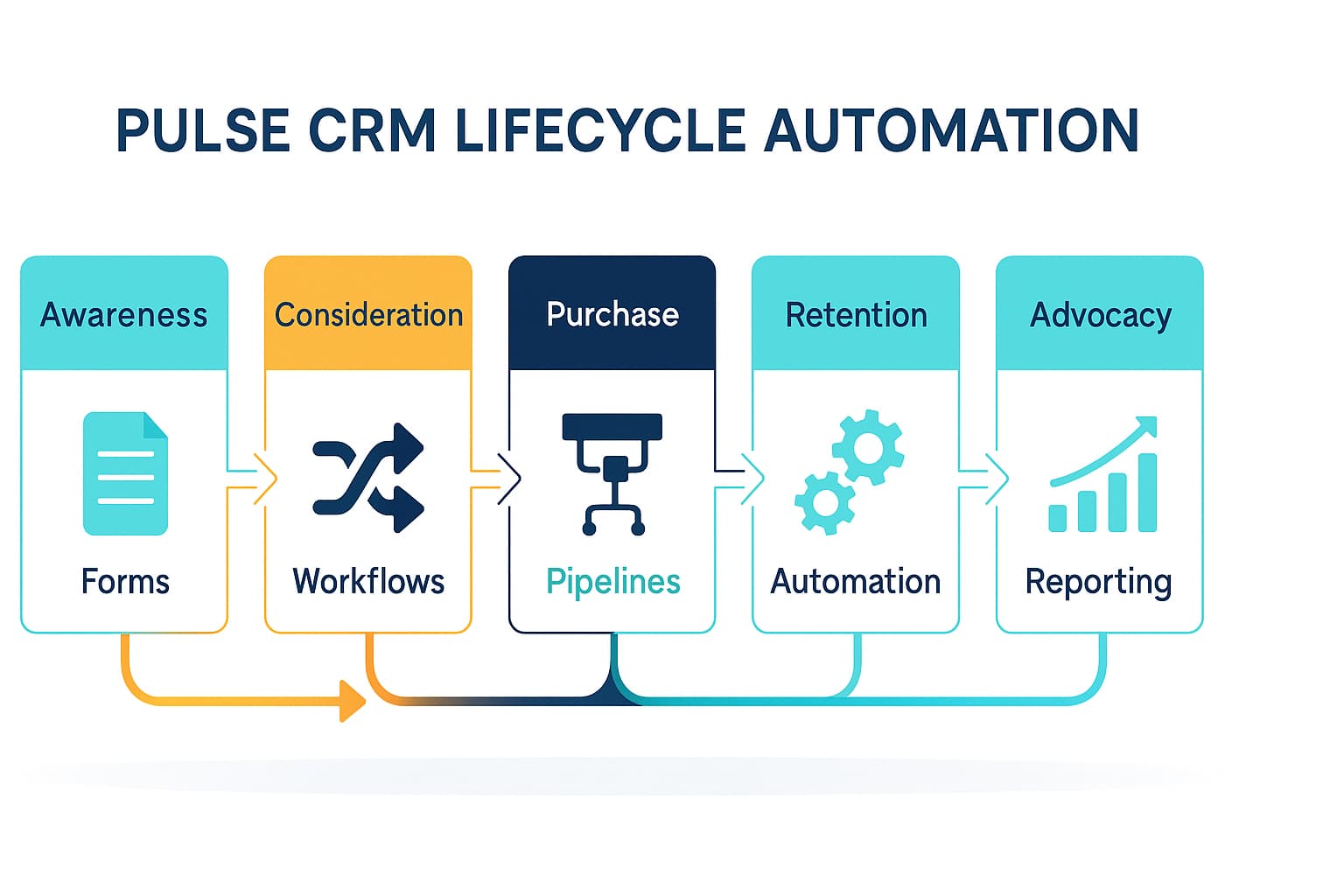
How Pulse CRM Powers Every Stage of the Customer Lifecycle
Most CRMs focus on tracking leads, but Pulse goes further. It connects sales, marketing, and customer experience into one ecosystem that helps businesses grow through connection. Each stage of the lifecycle, from awareness to advocacy, benefits from tools that balance automation with authenticity.
| Lifecycle Stage | Pulse Feature | Business Outcome |
|---|---|---|
|
Awareness |
Forms & Lead Capture Automation |
Turn web visitors into qualified leads automatically |
|
Consideration |
Segmented Workflows |
Personalize messages by customer type |
|
Purchase |
Pipelines + Quoting Software |
Close deals faster, reduce drop-offs |
|
Retention |
Customer Pipelines + Automation |
Keep customers active and loyal |
|
Advocacy |
Referral Automation + Reporting |
Turn happy clients into your best marketers |
Pulse isn’t about removing the human element; it’s about amplifying it. With smart automation and intuitive data tracking, businesses can communicate consistently and personally at scale, delivering the kind of experience customers remember.
Each of these lifecycle tools builds upon the other, creating a system that grows stronger with use. When automation supports authentic engagement, the entire customer experience becomes smoother, smarter, and more sustainable.
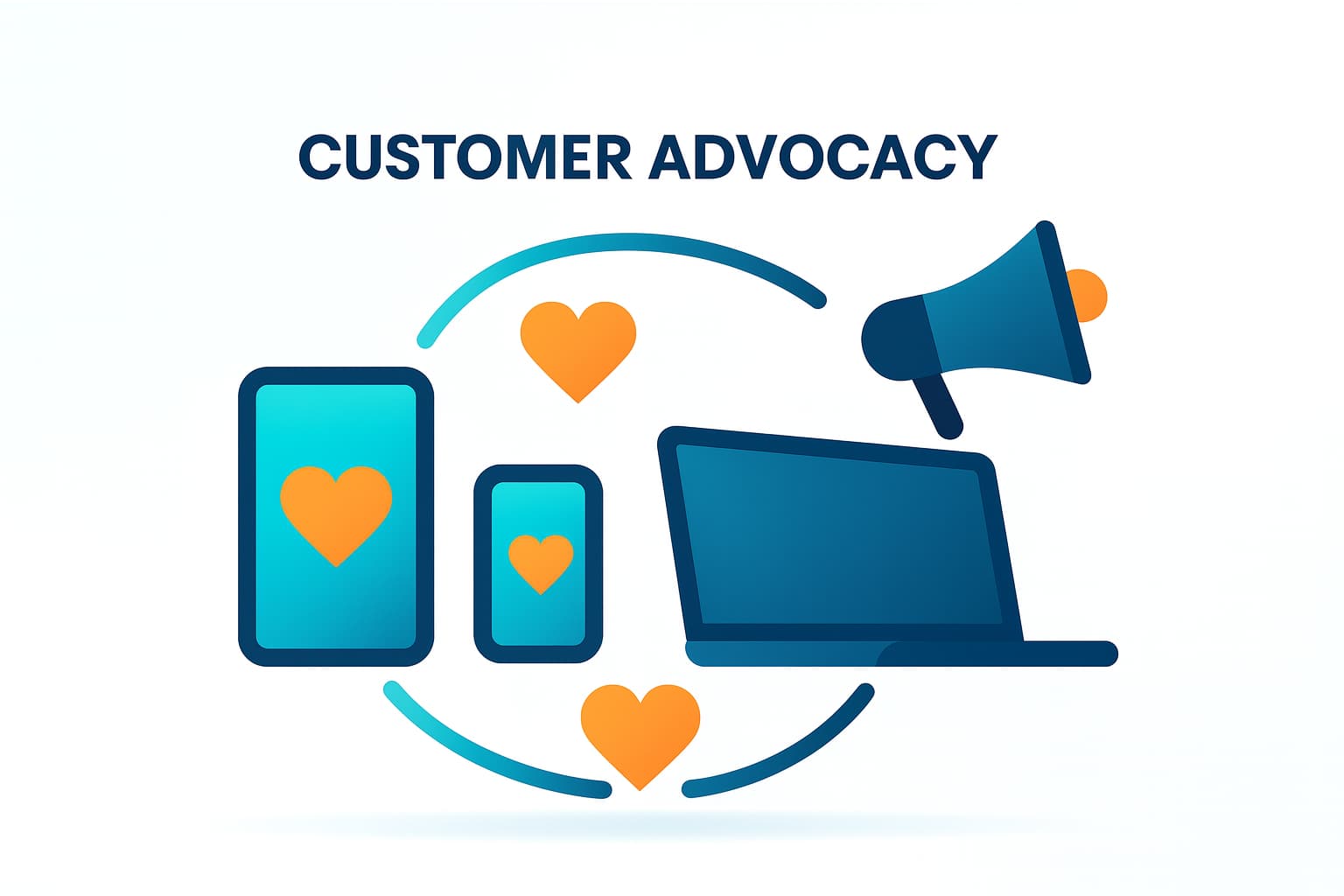
Bringing It All Together
Customer lifecycle management isn’t a one-time project, but rather it’s an ongoing practice of relationship building. When every stage of the journey is thoughtfully connected, supported by automation, insight, and empathy, businesses create experiences that feel effortless and personal.
Using Pulse, companies can automate what’s repetitive, track what matters, and focus on what truly builds loyalty: human connection. Technology becomes an enabler, not a replacement.
Growth isn’t just about finding more customers. It’s about serving the ones you already have better, for longer.
Ready to see how that looks in action?
Try Pulse free for 14 days and experience how a well-structured lifecycle system can help your business grow with clarity and confidence.
FAQs
Customer lifecycle management is the process of understanding and guiding how customers interact with your business from the first touchpoint through loyalty and advocacy. It matters because it helps teams move beyond one-time transactions to create lasting relationships that drive steady revenue growth.
For example, a marketing agency might use CLM insights to improve follow-ups after client onboarding, ensuring every customer feels supported long after the initial purchase. This approach builds retention and trust, two key ingredients of long-term success.
Automation keeps communication consistent without overwhelming your team. It ensures customers receive the right information at the right time, whether that’s a welcome message, onboarding resources, or a check-in reminder.
A consulting firm, for instance, might use automated emails to nurture clients after a discovery call, keeping engagement high between meetings. When used well, automation feels personal, not robotic, helping businesses scale thoughtful, timely interactions that maintain momentum.
The five main stages of a customer lifecycle are awareness, consideration, purchase, retention, and advocacy. Each one represents a different phase of engagement, and managing them effectively ensures customers never feel forgotten or rushed.
For example, an e-commerce brand might focus on helpful blog content during awareness, seamless checkout during purchase, and loyalty programs during retention. Treating each stage with care helps create a cohesive, positive experience that encourages customers to stay connected.
Pulse makes it easier to visualize and measure where customers are in their journey. Businesses can set up custom lifecycle fields, create automated follow-ups, and view detailed engagement reports, all in one place. A service company could use these insights to see when clients are most active, or when engagement starts to drop, allowing them to act before a customer disengages. With the right data at hand, teams can stay proactive rather than reactive, improving both customer satisfaction and retention.
Focus on metrics like customer retention rate, customer lifetime value, churn rate, and net promoter score. These indicators reveal how well you’re nurturing customers and how strong your relationships are.
For example, if retention rates are slipping, it may signal a need for better post-sale engagement or feedback loops. Monitoring these metrics regularly helps businesses spot opportunities for improvement and celebrate what’s working, turning numbers into actionable strategy.

